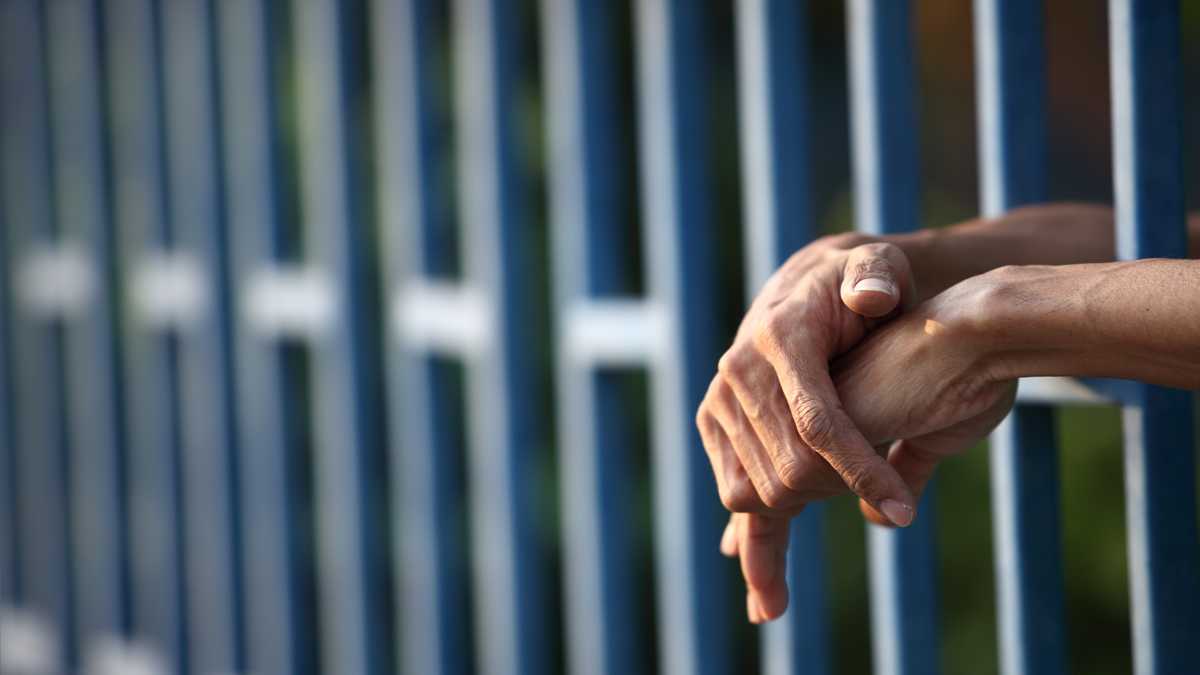Algorithm from Penn aims to help judges determine likelihood defendants will reoffend

(Hands behind bars image courtesy of Shutterstock.com)
During courtroom arraignments, judges often have to make quick decisions about which accused criminals are safe to release before trial, and which ones are likely to hit the streets and reoffend.
Researchers at the University of Pennsylvania have built an algorithm they say can help judges and magistrates make those critical decisions.
At the heart of the software is data from 28,000 prior domestic violence cases the system “learns” from, using its formula to forecast the risk a new offender poses. It relies on a range of inputs about each case, including the offender’s age, gender and prior criminal history, matching those factors up with whether or not he or she reoffended in the two years following release.
“What’s novel is that the computer basically tears them apart and reassembles them in ways that enhance the associations between those inputs and those outputs,” said Richard Berk, a professor in the department of criminology at Penn and co-author of a new paper in the Journal of Empirical Legal Studies.
The software is proving to be about twice as good at detecting the risk a defendant poses versus how judges fair without the tool, he said.
“We’re not taking the decision-making away from the judges,” he said. “We are providing more information so that they make better decisions.”
Similar algorithms are already in use around the country, including within the city of Philadelphia’s probation and parole system.
WHYY is your source for fact-based, in-depth journalism and information. As a nonprofit organization, we rely on financial support from readers like you. Please give today.

